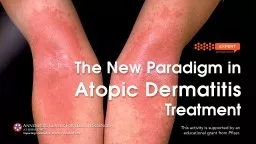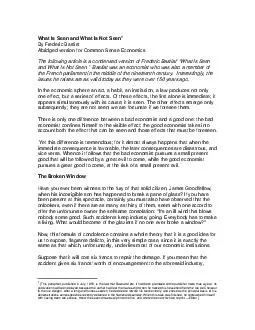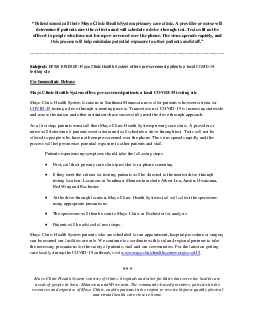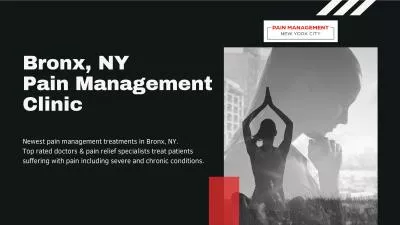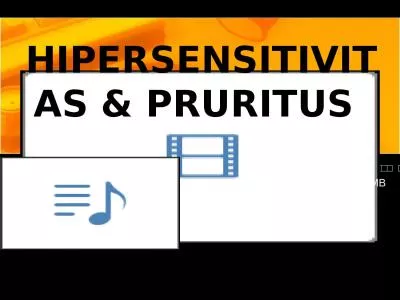PPT-Case Scenario #1 Luis is a 9-year-old male seen in clinic with a complaint of worsening
Author : conchita-marotz | Published Date : 2019-11-25
Case Scenario 1 Luis is a 9yearold male seen in clinic with a complaint of worsening pruritus causing difficulties in school and sleep History He first complained
Presentation Embed Code
Download Presentation
Download Presentation The PPT/PDF document "Case Scenario #1 Luis is a 9-year-old ma..." is the property of its rightful owner. Permission is granted to download and print the materials on this website for personal, non-commercial use only, and to display it on your personal computer provided you do not modify the materials and that you retain all copyright notices contained in the materials. By downloading content from our website, you accept the terms of this agreement.
Case Scenario #1 Luis is a 9-year-old male seen in clinic with a complaint of worsening: Transcript
Download Rules Of Document
"Case Scenario #1 Luis is a 9-year-old male seen in clinic with a complaint of worsening"The content belongs to its owner. You may download and print it for personal use, without modification, and keep all copyright notices. By downloading, you agree to these terms.
Related Documents

